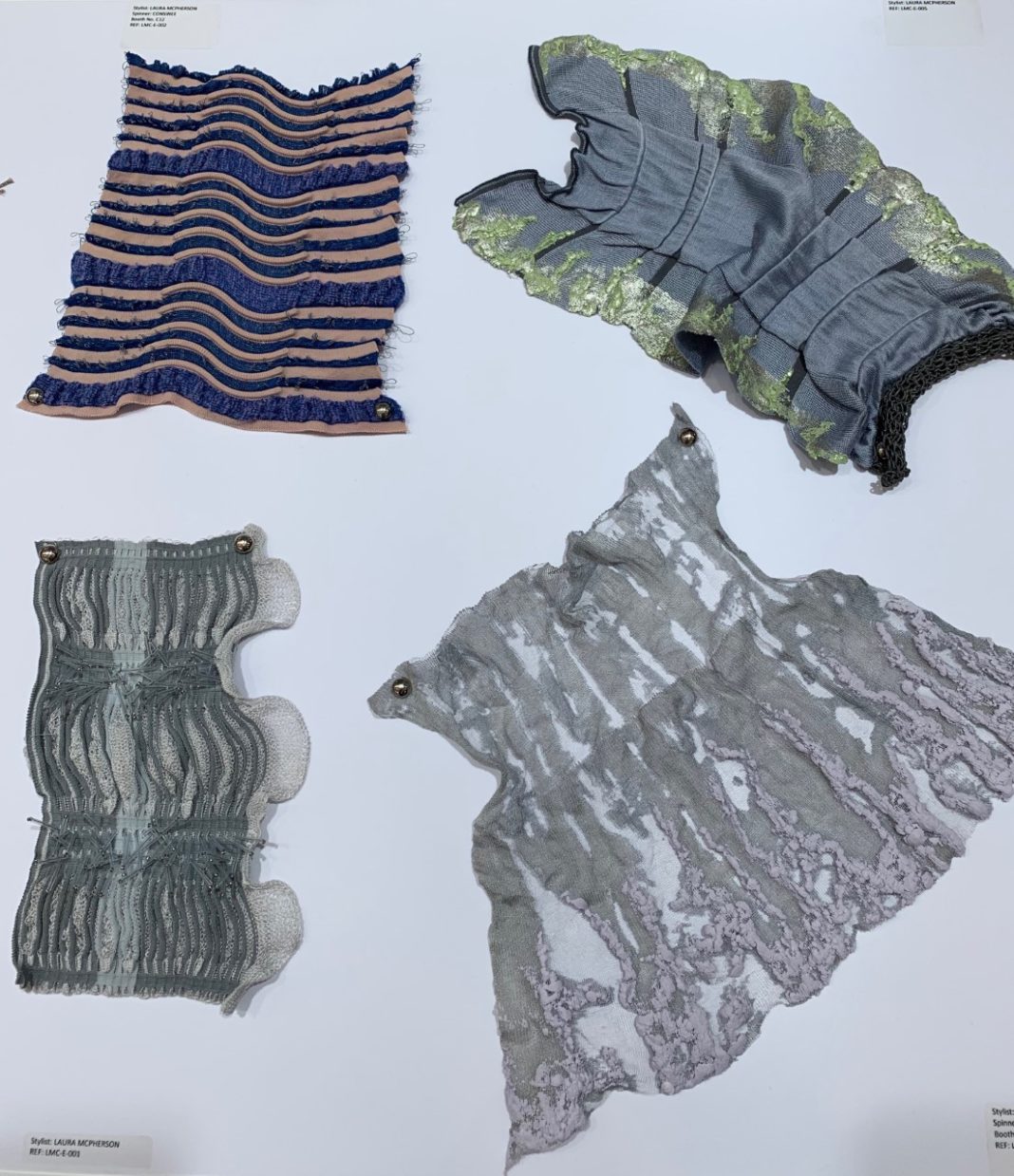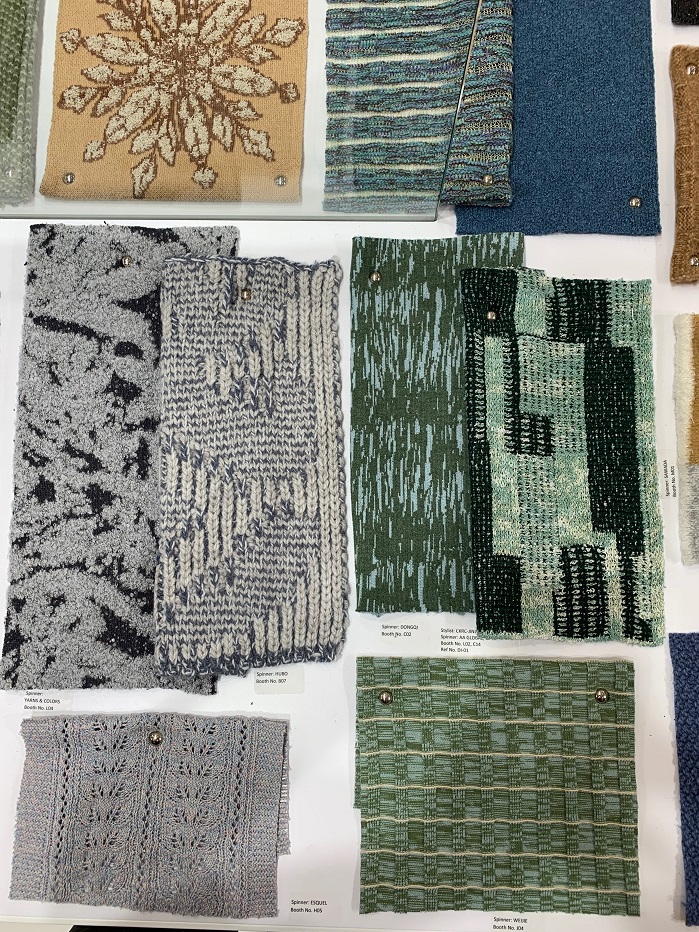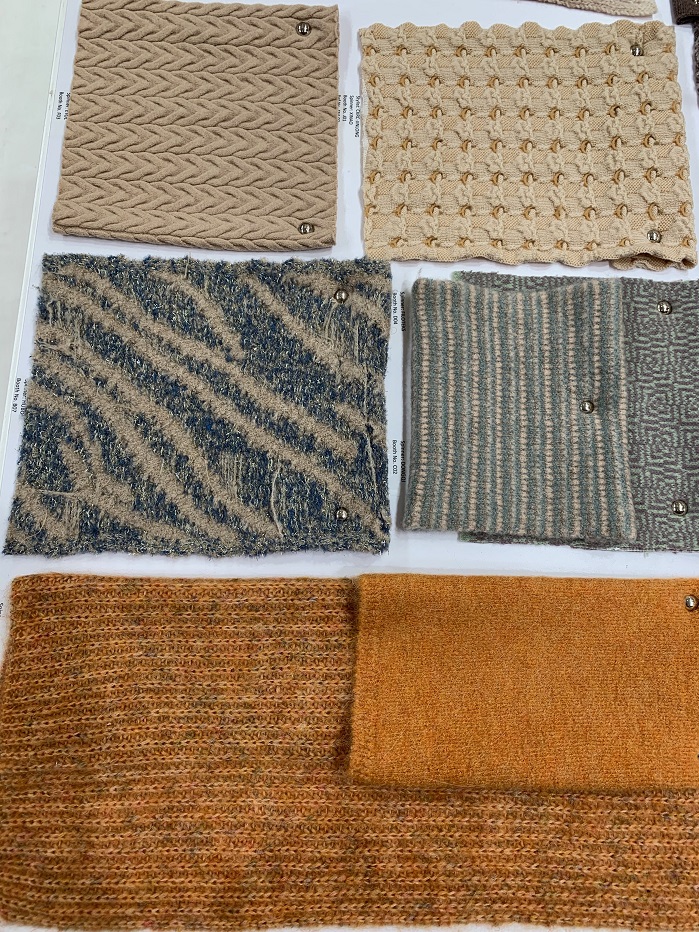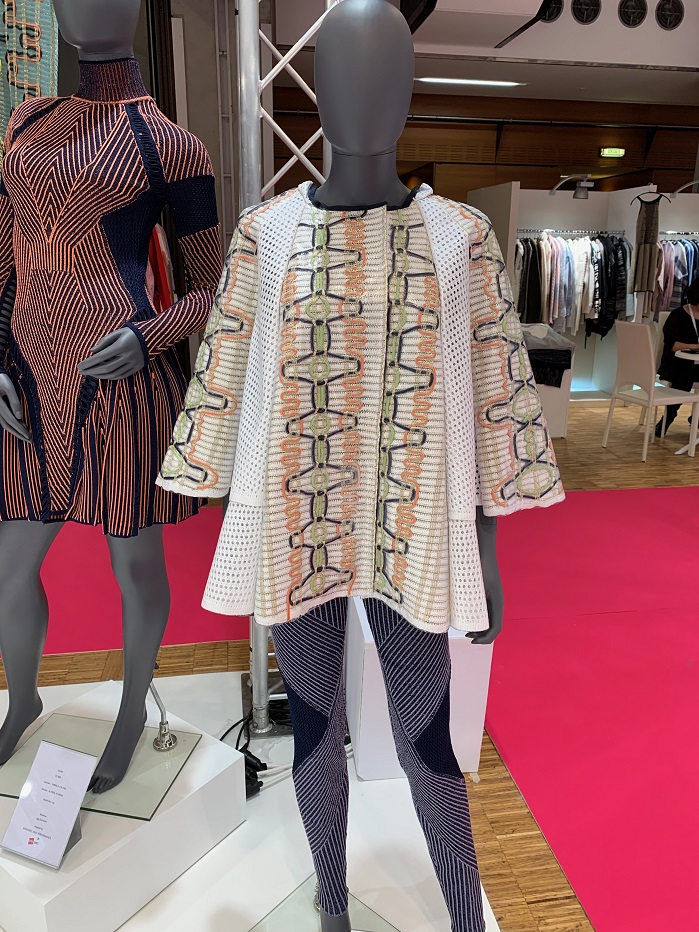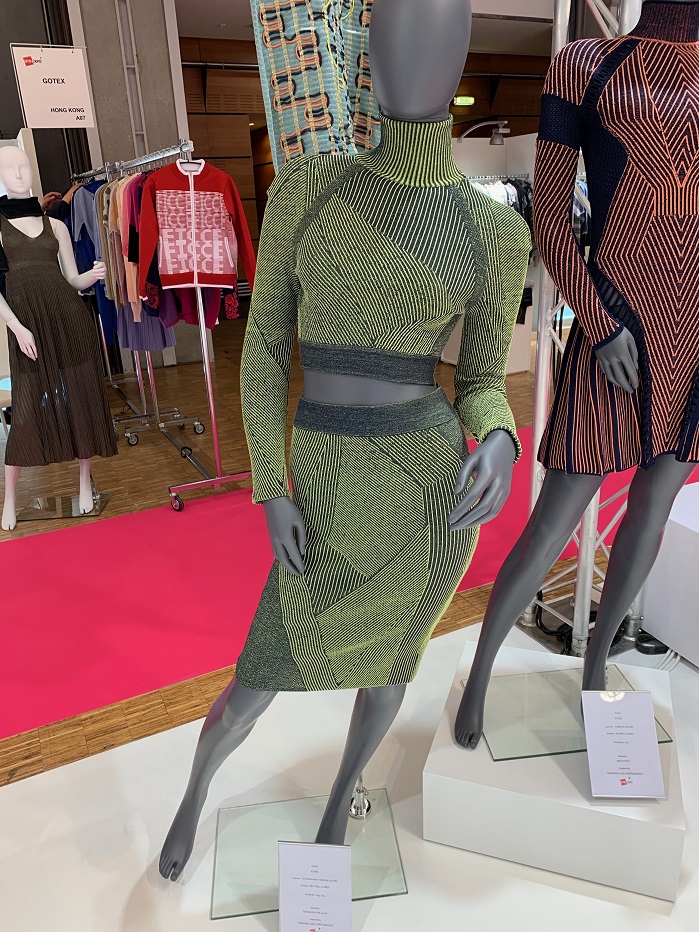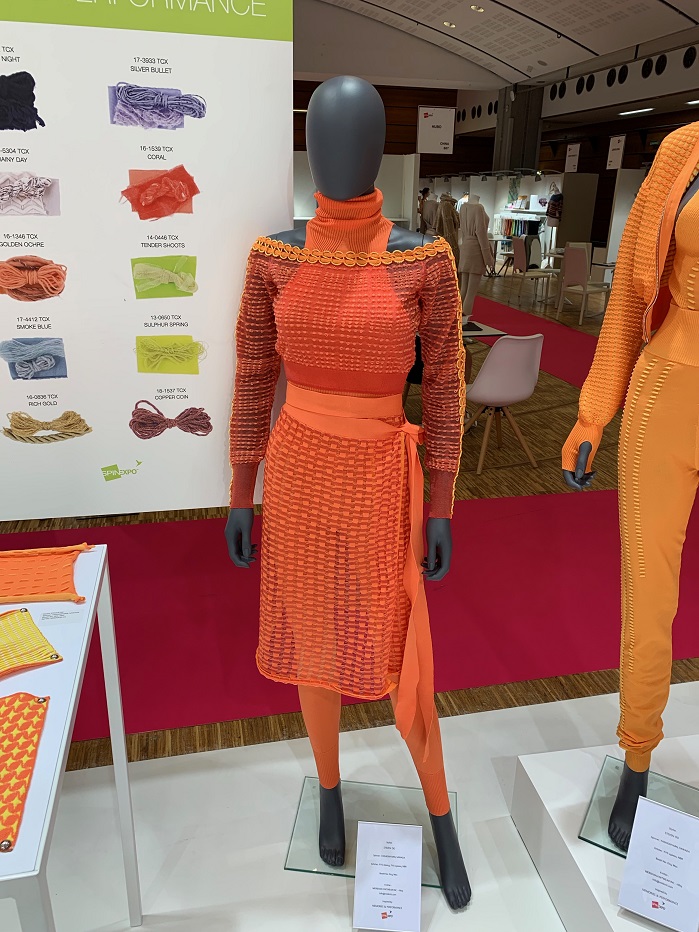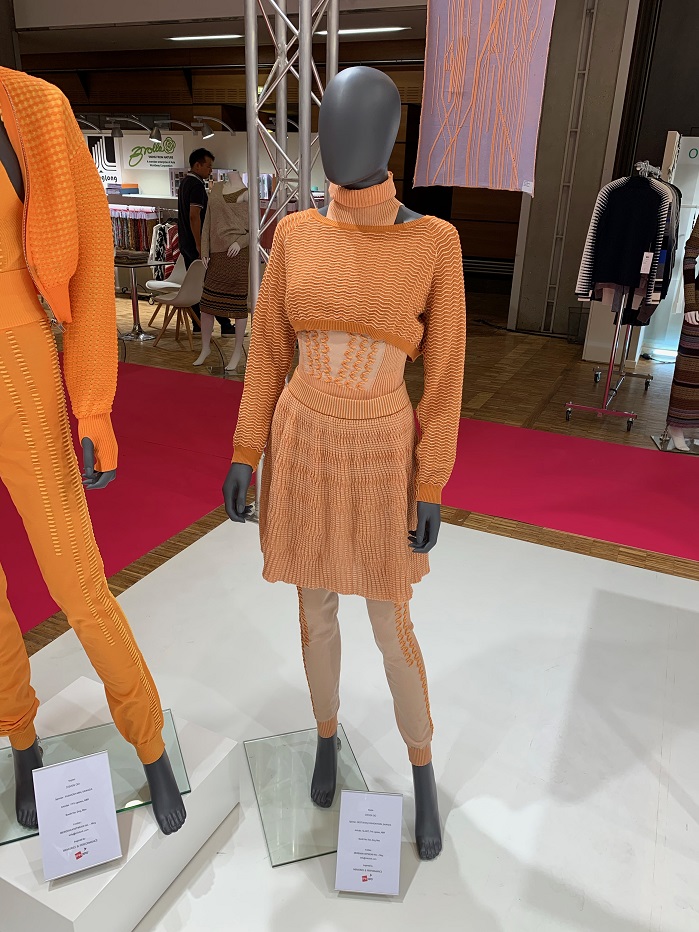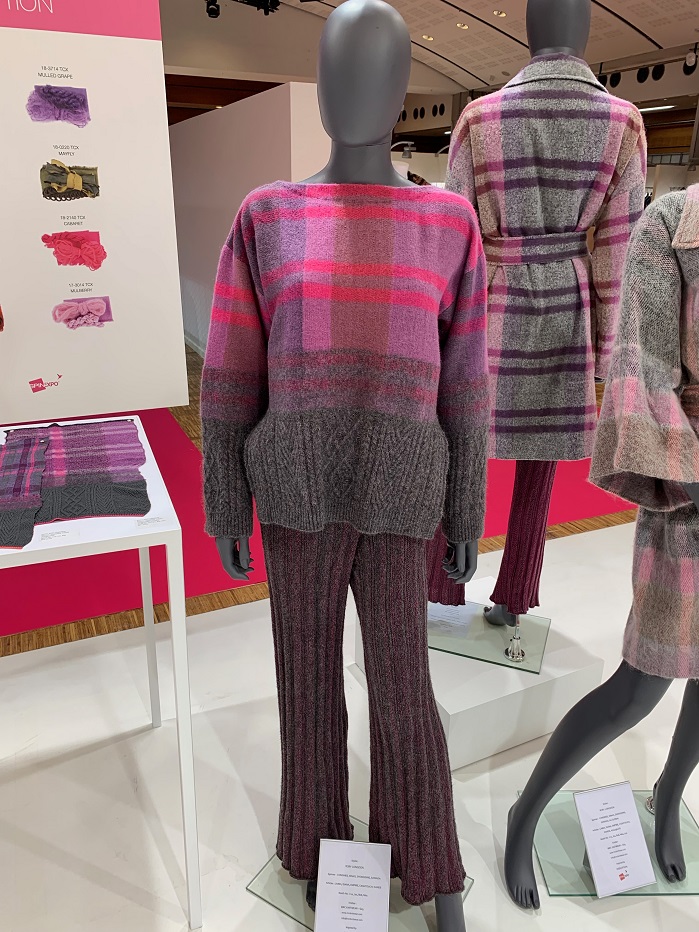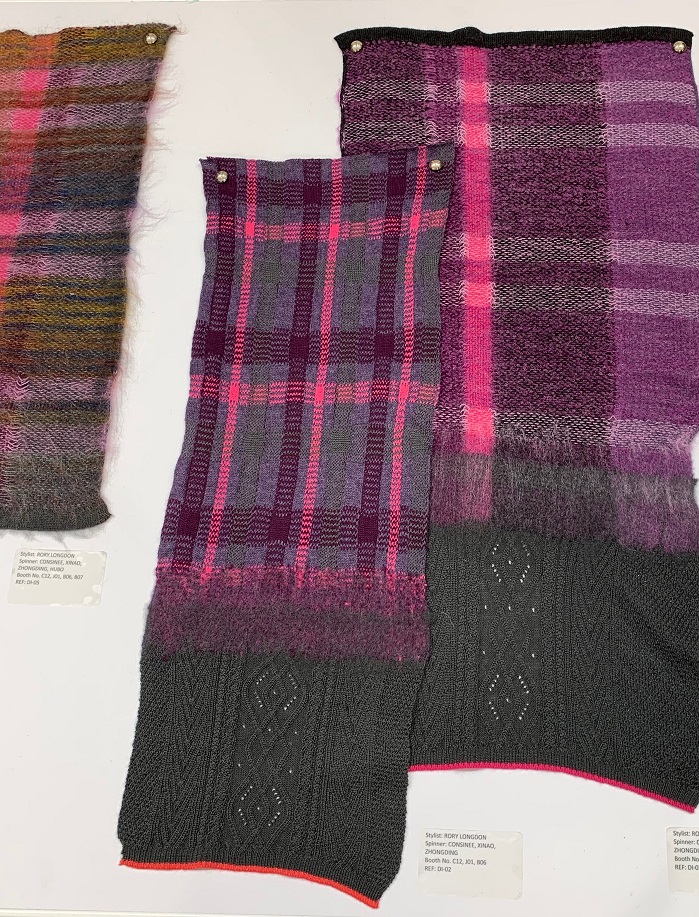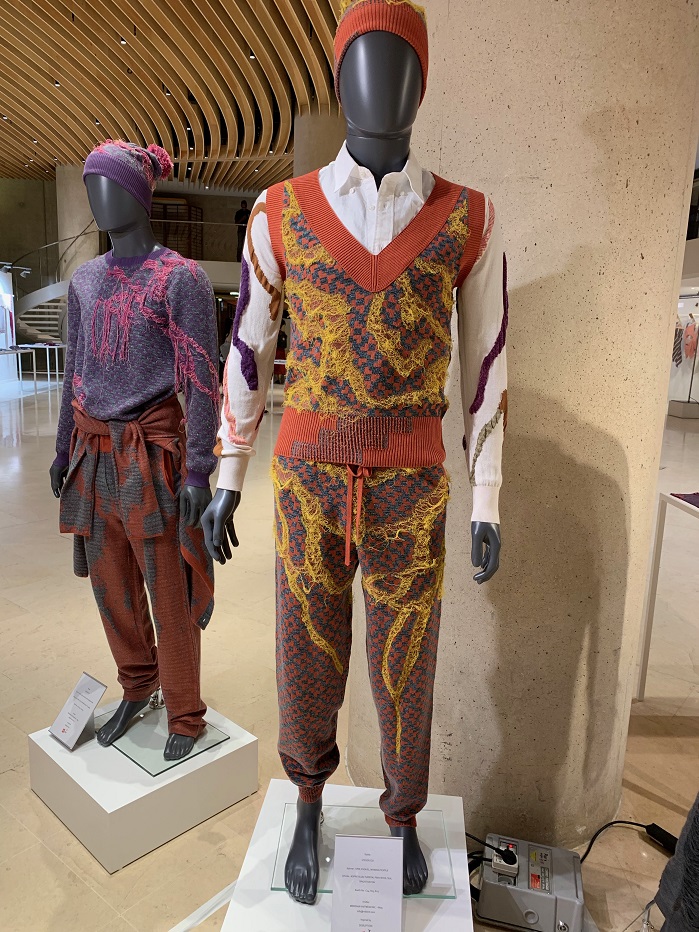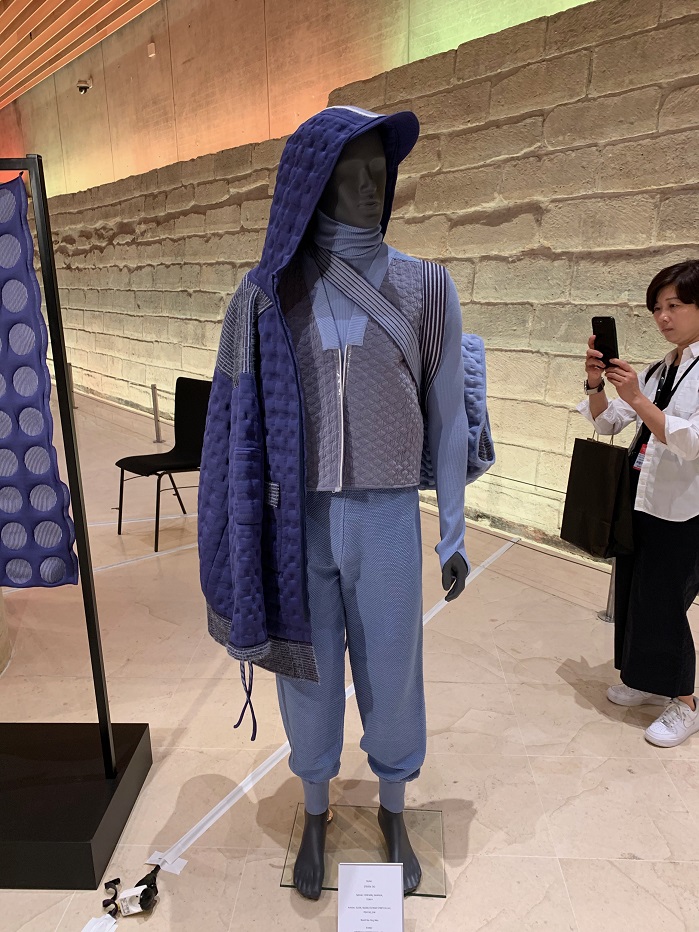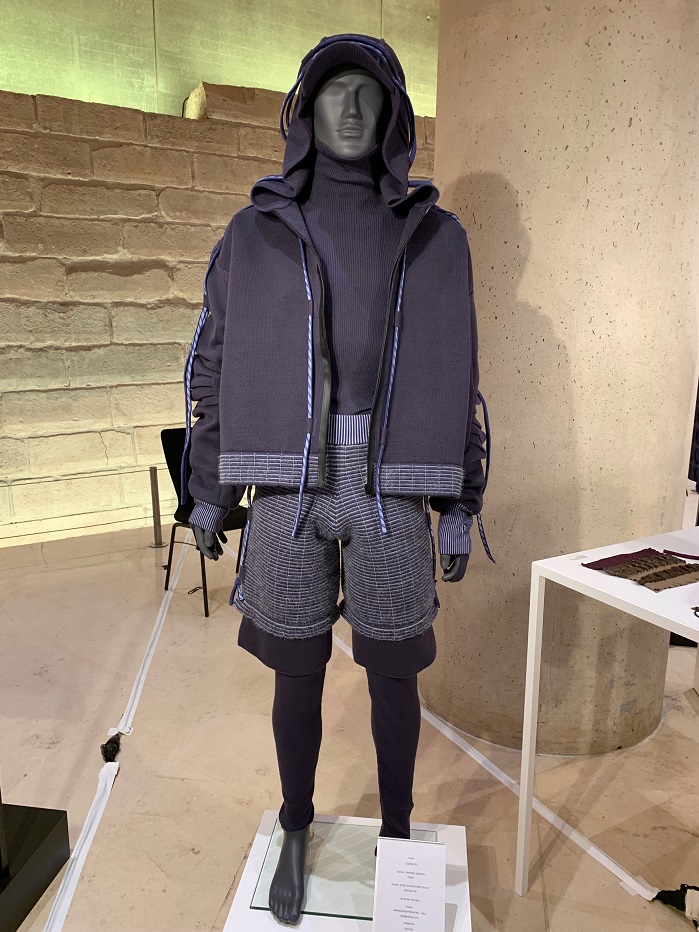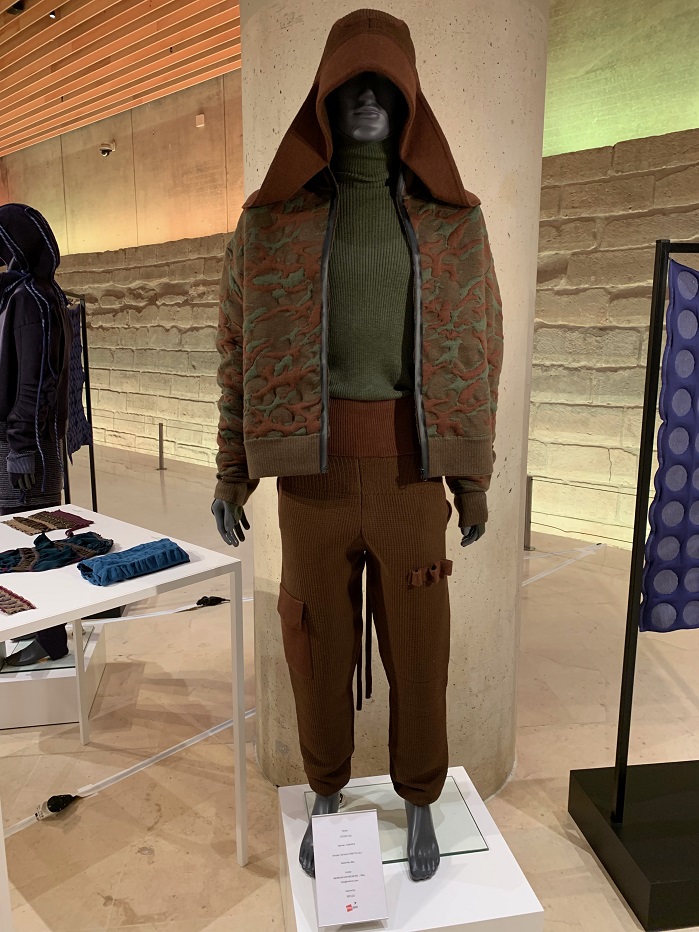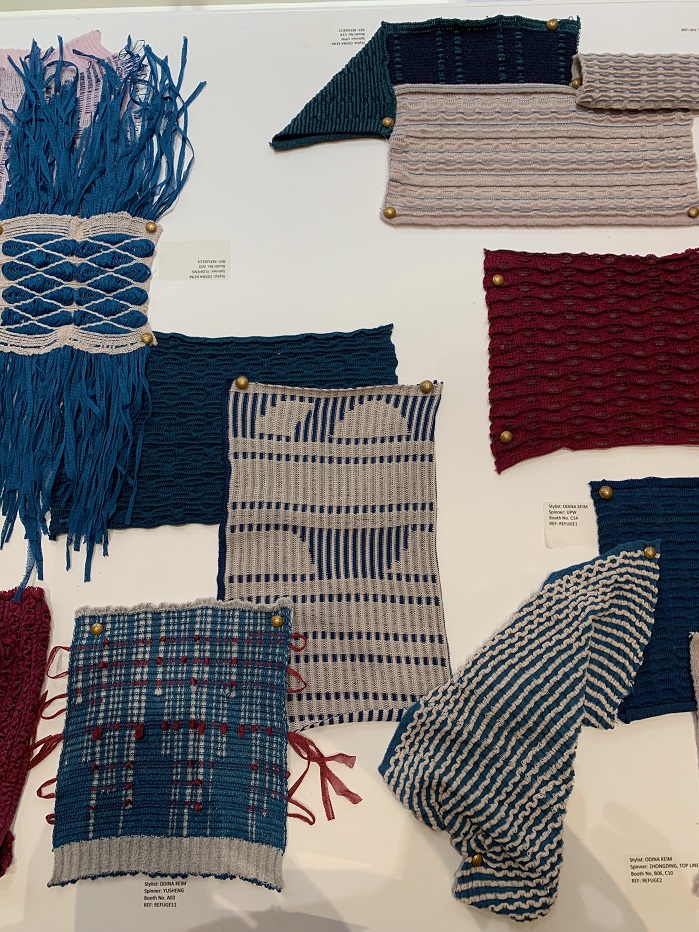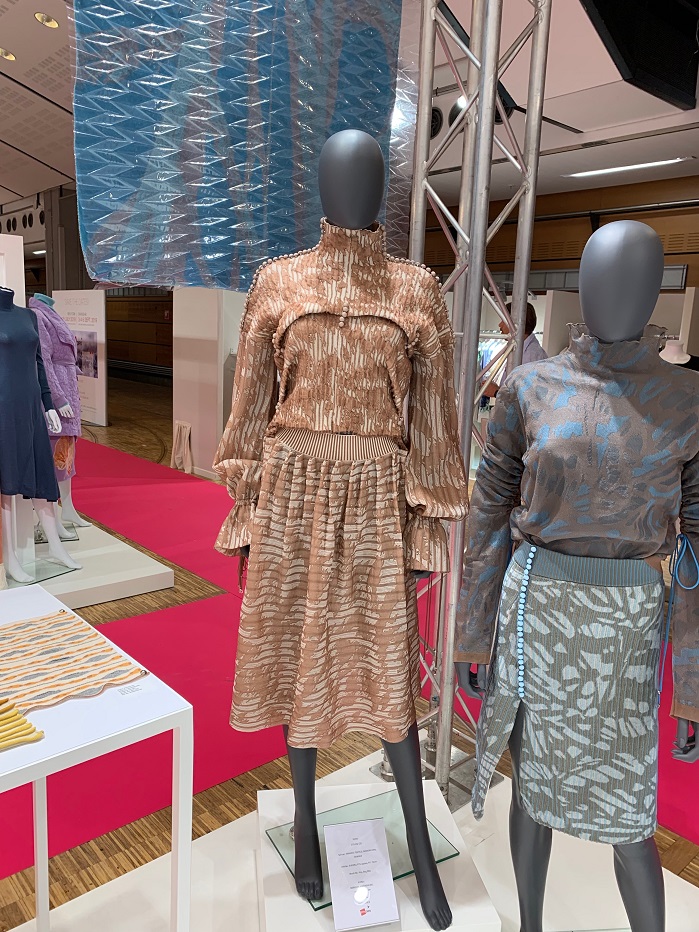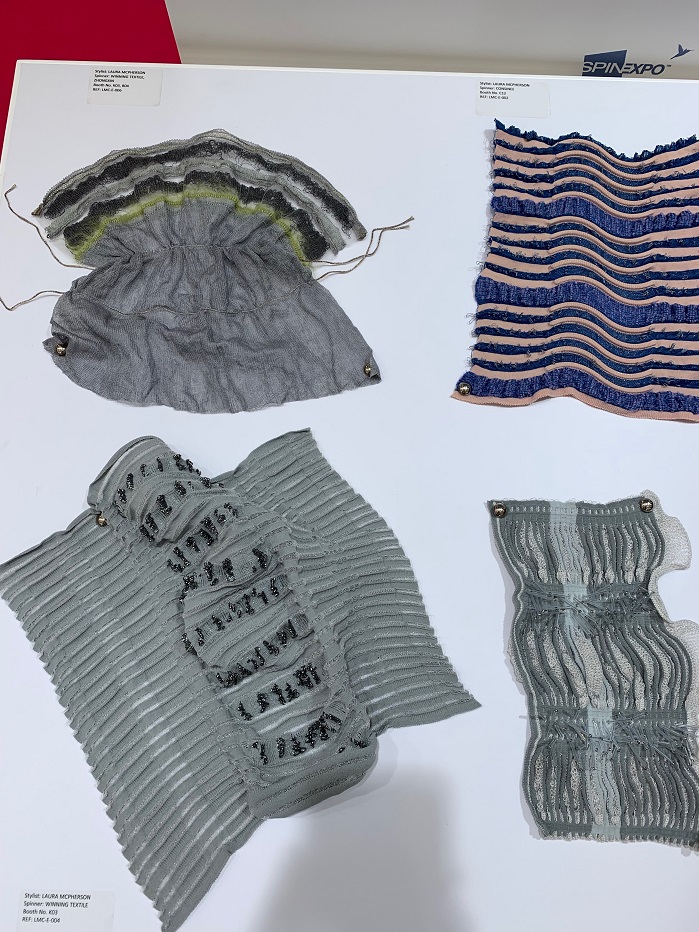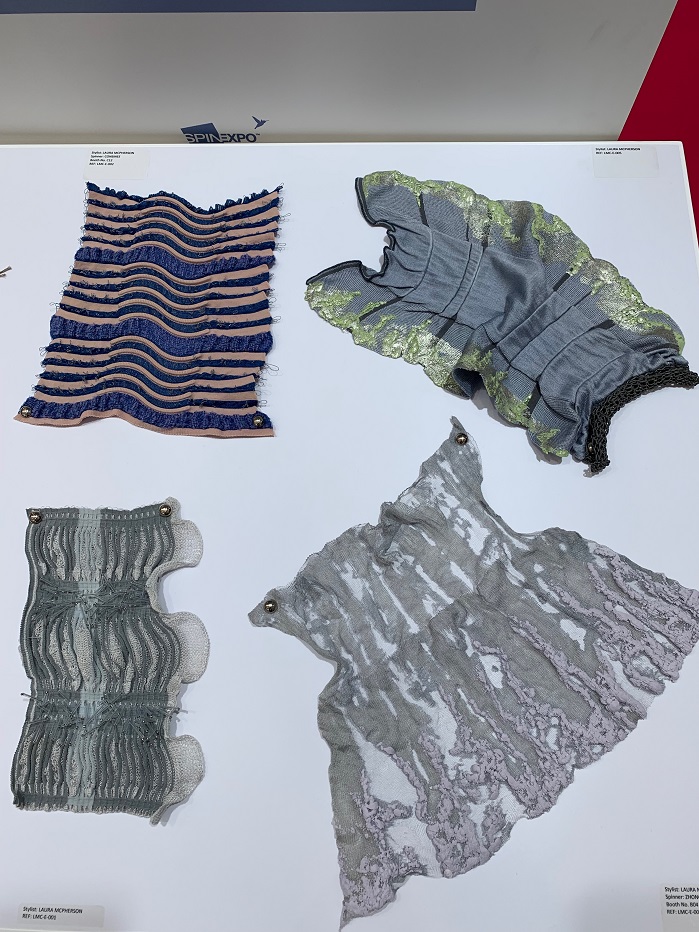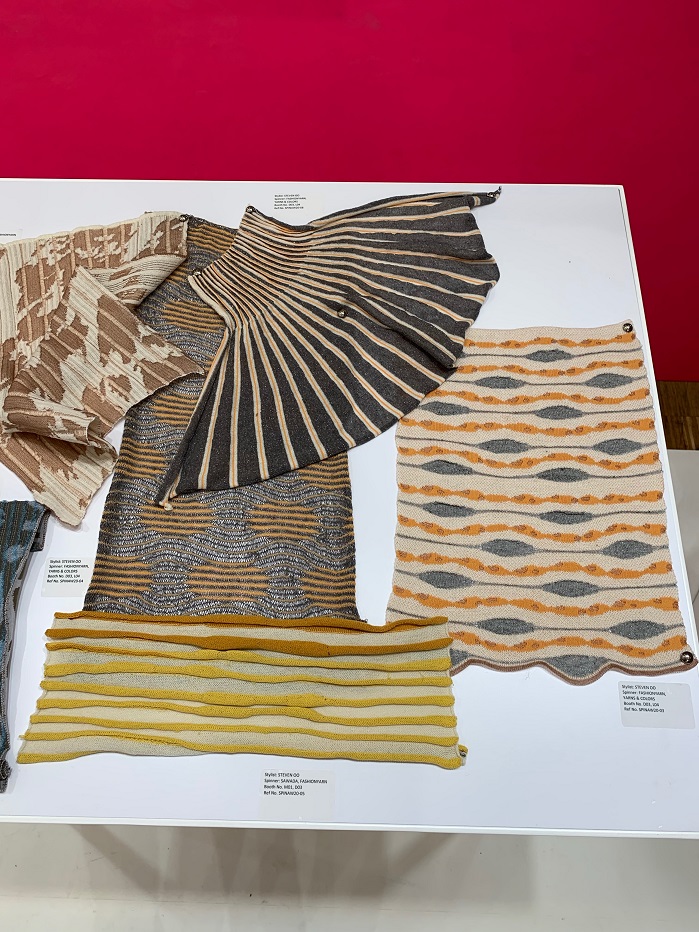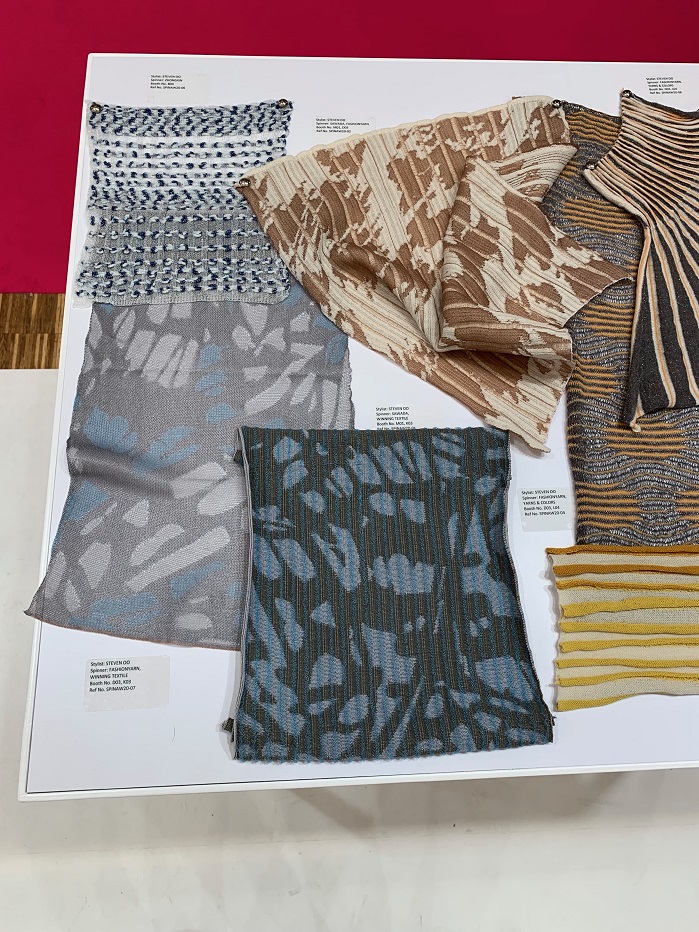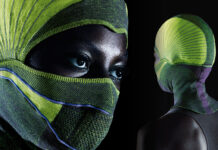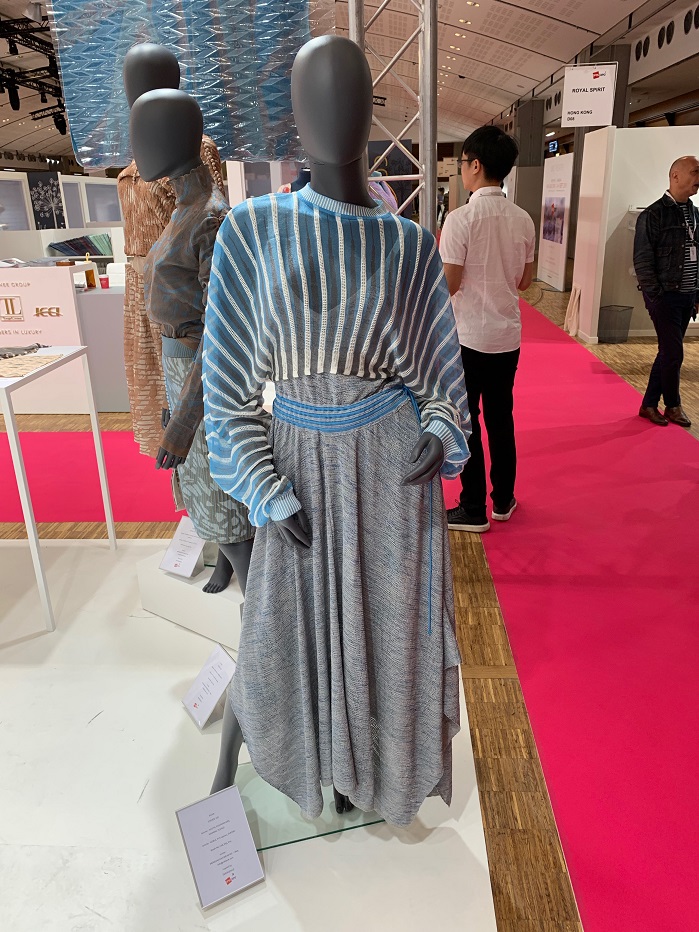 Last week we travelled to Paris to visit the latest edition of SPINEXPO and had a chance to preview some of the spinners’ Autumn-Winter 20/21 collections. We have been visiting and reviewing the show for a number of years, and its popularity keeps growing constantly thanks to the innovative and fresh vision of Karine Van Tassel, founder and organiser of SPINEXPO.
Last week we travelled to Paris to visit the latest edition of SPINEXPO and had a chance to preview some of the spinners’ Autumn-Winter 20/21 collections. We have been visiting and reviewing the show for a number of years, and its popularity keeps growing constantly thanks to the innovative and fresh vision of Karine Van Tassel, founder and organiser of SPINEXPO.
This edition, the location of the show was moved to the exclusive Carousel du Louvre, in the heart of the French capital, a larger venue that can accommodate a growing number of exhibitors and with ample open spaces that beautifully framed the work on display.
The overall atmosphere of the show felt very relaxing and inviting, and after a quick browse through all the stands we dived into a very inspiring trend area. There is something quite unique about this section of SPINEXPO that is taking a clearer shape season after season; this is most likely thanks to Karine Van Tassel’s vision and ability to hand pick the right designers that can materialise her concepts so effectively.
New relationship between designer and product
There is no nostalgia in the work showcased in the trend area, and the emphasis is clearly placed on a new kind of sentimentalism, one that defines a new relationship between the human and its tools. Digital crafting techniques replace the human touch, the slight imperfection that is so beautifully intrinsic to our very being, but despite this the fabrics and the garments do not feel cold, impersonal or distant. On the contrary, they are a testament to a new relationship between designer and product, a more mature, more refined interaction that will shape the way we design and manufacture in the near future.
Wear and Breakage
The general theme of the trend area this season was Wear and Breakage a reflection on our current society that is afraid to take risks but is still craving change, that on one hand is going back in time but on the other is becoming more tolerant and inclusive. It is an evolution that is full of contradictions, but like every critical moment in history people step into the unknown slowly, cautiously and with great uncertainty. This is a time for radical changes, but not irrational, or impulsive ones: they are careful, well-planned adjustments that are also reflected in the way we design. The theme of the trend area was developed into five sub-groups: Personal Patterns, Memories and Performances, Disruption, Refuge, and Emergence.
Personal Patterns
Our society is becoming more inclusive, as old ideas and concepts of belonging fade away, we are becoming more homogenous, and part of a larger family. The desire to establish our own identity beyond social stereotypes becomes stronger, new knitting technologies and innovative distribution channels make this possible through curated mass customisation.
The fabrics in this group are characterised by a sober interpretation of the future, where traditional patterns are disrupted by controlled digital glitches and knitted in contrasting monochromatic shades and noble, eco-friendly fibres. A desire for a comfortable, understated elegance and precious craftsmanship is evident: luxurious double jerseys showcase discreet finishes, beading and other embellishments. Crystals take centre stage and neon colours are introduced to create a bold, confident element of modernisation in the fabrics.
Memories and Performances
Innovation, technological development, sustainability and performance are all key aspects of this colourful group, with a positive vision of the future. Memories and Performances is an ode to our continuous evolution as a race, a perfect symphony between technology and design where each discipline informs and grows with the other.
The fabrics and garments of this group feel very functional, they have well designed ergonomic properties and their aesthetic is purely informed by functionality.
The choice of fibres and stitches is dictated by the task they will perform on the body, whether it is to contain, create padding or allow for movement, and breathability. Skin-tight body suits protect the body in a comfortable shell, its contour defined by confident graphic lines in neon colours and black.
Disruption
This group is characterised by bold, graphic details and contrasting tactile elements. Warm, fuzzy textures with a powdery finish blend with flat and compact surfaces, creating extreme three-dimensional elements and unusual drapes. The fabrics look distressed, but this is a very well curated, digital process that is deliberate and adds a precious element of sophistication to the textiles.
The colour palette of this group combines traditional shades of greys which are enlivened by brighter accents of fuchsia and yellows. Woolen yarns appear crisp, with well-defined stitch structures which slowly fade into blurry, painterly textures. Printed yarns are knitted into warm gradients, both on their own, in simple jersey fabrics, or in traditional jacquards with a distressed look.
Inlay stitches are mixed in with irregular intarsias, in a contrasting mix of natural and artificial fibres. Finishes such as needle punching and felting give the fabrics an organic look that is both modern and sophisticated.
Refuge
As our lives become increasingly hectic, we are longing for more peace, quietness and tranquillity. We have a renewed desire for looking after ourselves and give our overworked bodies a rest, to create a safe and protective environment, a cocoon, where we can seek repair from the stress of the world outside.
The fabrics in this group feel highly technological, new manufacturing processes enable us to achieve surprising tactile qualities. As the world we interact with is becoming more digital, more distant from our sensory experiences, the textiles we surround ourselves with are very tactile, and very stimulating for all our senses. There is plenty of evidence that demonstrates the positive effects that interacting with some materials have on our minds, the textiles of Refuge seem to be designed with these properties in mind.
Organic, lightly inflated structures create harmonious relief patterns that are soft, yet compact and with a robustness that feels both inviting and protective. Some of the fabrics feel like cosy, protective armours and the colours are very ethereal. Well-defined, quilted structures with a contemporary aesthetic are combined with a more fuzzy and compact look.
Emergence
The richness of materials and textures that nature offers us are reinterpreted with modern technology in this group, opening up a new dialogue between the natural and the digital world, a new arena of discovery with immense visual possibilities. Organic fabrics with an irregular aspect are reminiscent of cocoons, shells and chrysalises and they embody our renovated desire for connecting with the natural world, and for comfort.
Everyday fabrics and stitches are reinterpreted with rustic looking yarns. Hand crafted finishes are both digital and manual, the fibres are a combination of natural and synthetic, but all working to create an original, hyper-natural aesthetic. Touch seems to be a defining element in this group as well, as it creates a personal relationship with our clothes, and a sense of belonging.
The garments presented in this group also feel quite organic, but in a very curated and refined manner: the silhouettes are simple, the drape of the fabrics feels very harmonious and well-proportioned to the body. Irregular jacquards are interrupted by stripes of thinner yarns, creating more drape and print like effects.

Subscribe To Our Newsletter
Join our mailing list to receive the latest news and updates from our team.


